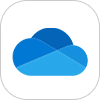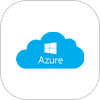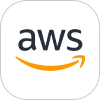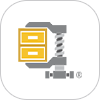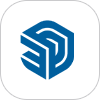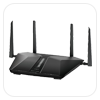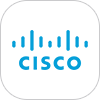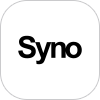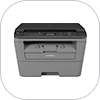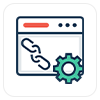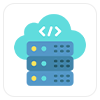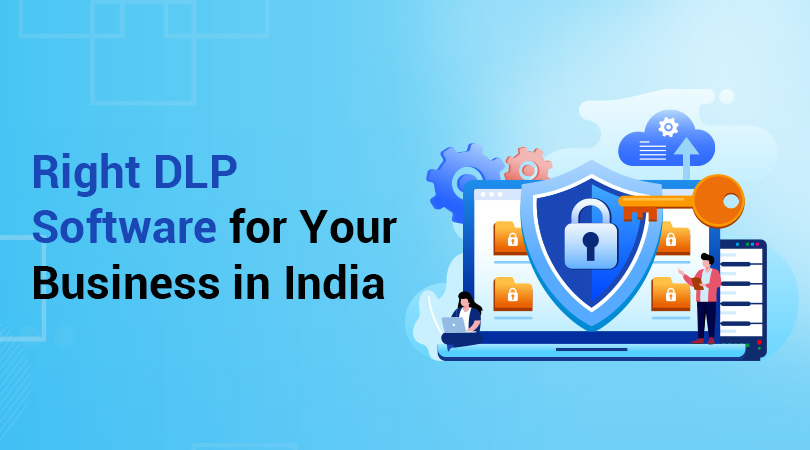
As we generate and process more data than ever, protecting sensitive information has become a focus area not only for success but also for survival. However, the more the data grows with increased speed, the more the chances of data loss and leakage also grow. For organizations in India, protecting sensitive information is important for both sustaining relationships and reputations within their markets, as well as meeting regulatory obligations. Here comes Data Loss Prevention (DLP) to your rescue!
DLP software is designed to monitor, identify, and prevent the unauthorized use, transmission, or storage of sensitive information.
Therefore, when implementing DLP solutions for your organization, it is vital to ensure you have an appropriate DLP solution that addresses your security and compliance needs. The purpose of this blog is to provide you with broader advice for making decisions about DLP software for your business in India.
Understanding your requirements – Your essential first step!
Before thinking about the various features and functionalities of DLP solutions, it is necessary to identify your organization’s needs. This would include:
Sensitive Data Identification: What type of data needs protection? Your organization may be handling Personally Identifiable Information (PII), financial data, intellectual property, trade secrets, or customer data. You must classify your data on the basis of how sensitive it is. Consider this as the first step to a successful DLP solution.
Data Flow Mapping: How does the sensitive data flow through your organization? Identify all potential paths that could put data at risk, including endpoints (such as laptops, desktops, and mobile devices), networks (including email and file sharing), and cloud applications.
Compliance Requirements Definition: Does your organization have regulatory requirements that it has to meet, such as the Digital Personal Data Protection Act, 2023, or industry-specific requirements? To meet these requirements, you need to choose the perfect DLP solution for your business.
Risk Assessment: What is the biggest single source of data loss in your organization? Are you more concerned with insider threats (either accidental or malicious), externally sponsored attacks, or unauthorized data distribution?
Key Features to Consider in DLP Software
After you have clarified your needs, you can begin to evaluate DLP solutions based on their features. You must consider these key principles:
- Data Identification and Classification: DLP software must identify and classify sensitive data accurately at different locations (either at rest, in motion, or in use). This includes mechanisms such as content analysis, keyword matching search techniques, and data fingerprinting algorithms.
- Endpoint DLP: This feature enables monitoring and controlling data on endpoint devices by blocking or restricting any unauthorized copying, transferring, or printing of sensitive information. It can also restrict the use of removable media, such as a USB drive.
- Network DLP: This monitors data in transit on your network (i.e., email, web traffic, and file transfers) to ensure sensitive data is not leaving your organization to an untrusted location.
- Cloud DLP: As companies are shifting more of their data onto cloud services, it is crucial to select a DLP solution that can extend protection for cloud applications and for data being stored on the cloud.
- Policy Enforcement: The DLP software should allow you to create and enforce policies for how sensitive data can be used, transferred, and stored (e.g., block, alert, quarantine, or encrypt data based on user-defined rules).
- Reporting and Analytics: A good DLP solution should have strong reporting and analytics capabilities that can help to report on trends in your data protection, show incidents, and demonstrate compliance.
- Monitoring User Behaviour: A few advanced DLP solutions use User and Entity Behaviour Analytics or UEBA to identify abnormal user behaviour that may indicate insider threats.
- Integration: DLP software should integrate with your security solution architecture (for example, Security Information and Event Management [SIEM] and other related tools).
Specific Considerations For Your Business in India
When looking for DLP software for your India-based business, there are some key considerations:
- Compliance with Local Legislation: Ensure the DLP solution enables you to comply with the Digital Personal Data Protection Act, 2023, and other applicable Indian local laws. For example, you may need to consider areas such as data localization, consent management, and data breach notification processes.
- Local Support and Presence: It is best to choose vendors that have an established presence in India that can provide appropriate support with implementation, training, and ongoing support.
- Scalable and Cost-Effective: Evaluation of scalability is important to accommodate growth, and to choose a solution that is cost-effective for the needed outcomes, especially considering the budgetary issues many Indian businesses face.
Leading DLP software Vendors
There are several DLP software solutions available in India. Some of the prominent DLP software vendors include:
- Forcepoint DLP: Has a great reputation for data theft protection and advanced threat defense.
- Broadcom (Symantec) DLP: Long-time player in DLP space with full capabilities.
- Trellix (McAfee): True DLP tool, including detections for data loss.
- Adderioot: Choice for those who rigorously use the Microsoft 365 space.
- Netpointe Protector by CoSoSys: Great combination of DLP and endpoint protection.
The cost of DLP solutions can vary greatly depending on the vendor, functionality, and size of your organization. Some vendors offer per-user or per-endpoint pricing, while others may have a subscription-based model.
Best DLP Implementation Practices:
You’ve made it to probably the hardest stage of the DLP implementation phase. Here are some of the best implementation practices you should follow:
- Understand your data with data discovery and classification before enforcing or limiting data loss with DLP.
- Ensure your policies are clear and well-defined, outlining your desired direction. Start small and define essential policies at first.
- Implement in stages. Start in monitoring mode so that you can determine the flow of your data when violated, and then later implement blocking capabilities.
- Training and awareness are key to making sure employees understand the DLP policies as well as their role in a data protection program.
- Review alerts and policies to maximize the usefulness of the DLP software, especially by reducing false positives.
- Develop a plan to handle the incident of data loss effectively and quickly.
Conclusion
Choosing DLP software is a significant decision for organizations in India that need to protect their data, remain compliant, or maintain the trust and confidence of their customers. Understanding your requirements, evaluating important features, localizing your compliance requirements, and focusing on best implementation practices will help you choose a DLP that secures your organization’s insider threat vulnerabilities in an evolving and increasingly digital world. DLP is more than software. It is a process that involves continuous monitoring, adjustments, and collaboration across your organization.




